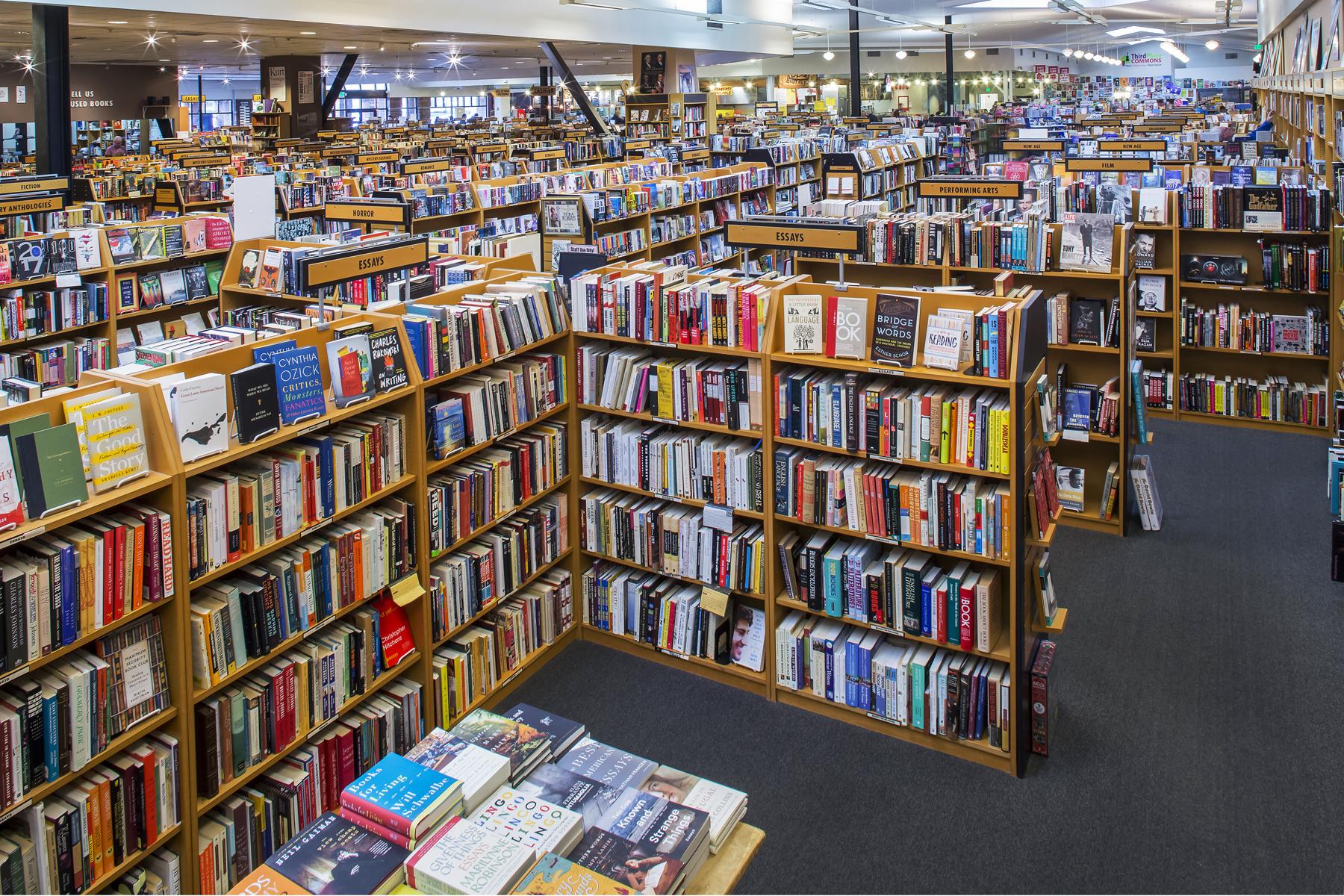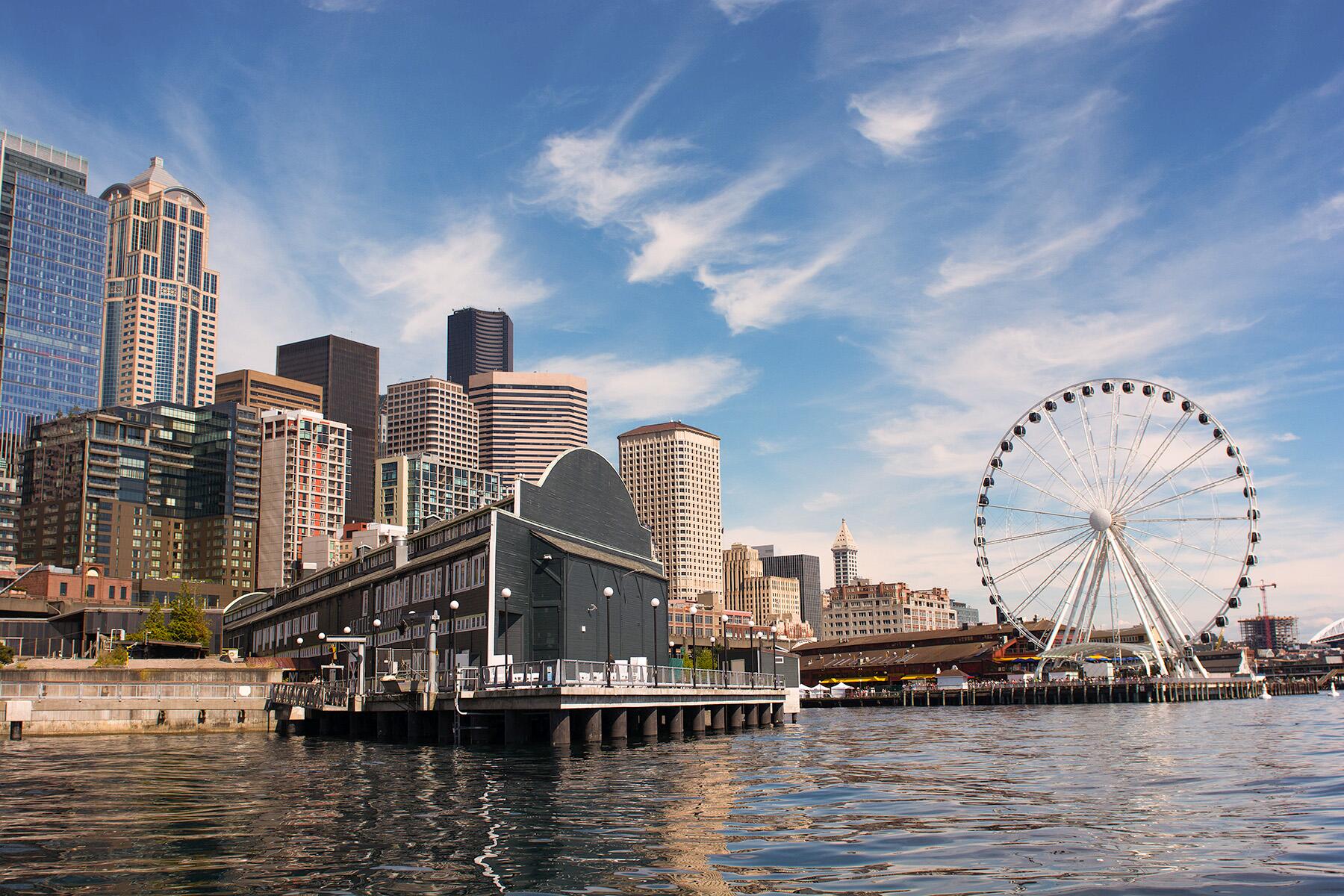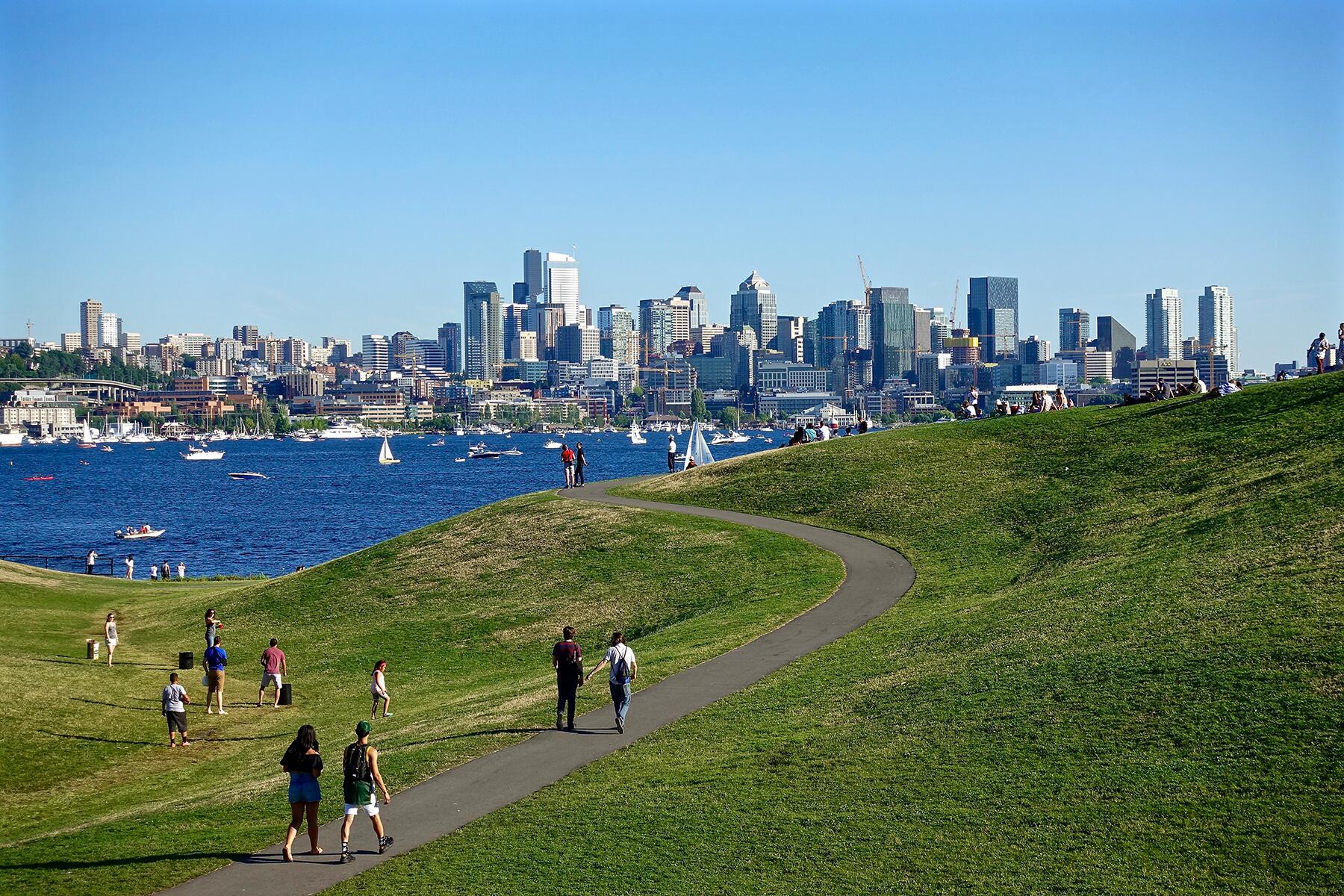You might want to bring a hat.
If you’ve ever planned a trip (or a move) to the Emerald City, you may have been warned of the “Seattle Freeze.” The Pacific Northwest is often touted as a wonderland oasis of lush green forests, wild coasts, and mountains apt for exploring, but the often frosty reception from locals toward transplants and newcomers, a.k.a. the “Seattle Freeze,” can come as a surprise. Thanks to the booming tech industry, Seattle has become America’s fastest-growing city, a fact that is often blamed for the “Freeze.” But there’s more at play than resentment of change. Cultural factors are also at play, such as the city’s deep Scandinavian roots, as well as lesser-known racist origins of an ostensibly progressive city.
First Things First: What Exactly Is the Seattle Freeze?
There’s no official definition, but Urban Dictionary calls it “a social phenomenon commonly found in the Seattle area. It concludes the majority of Seattle residents as snobby, cold, unfriendly people with a fake-polite exterior.” It goes on to detail how locals relay this to transplants and newcomers, but, basically, Seattleites often don’t take to newcomers quickly, can be reluctant to make new friends, and tend to be purposely vague when making plans.
Recommended Fodor’s Video
As someone who was born into the frosty inner circle, I’d never heard of the Seattle Freeze until college. There, classmates and professors from all over told stories of the frosty reception and difficulty they’d had making friends in the city initially.

A survey conducted by The Seattle Times in 2019 further illustrates how deep this invisible social barrier runs—nearly half of the respondents didn’t think it all that important to make new friends. A new term was even coined—“JOMO“, or, “Joy of Missing Out,” as opposed to the popular, “FOMO” (Fear of Missing Out) to describe how a lot of us feel about socializing. A sociologist from the University of Washington called the defining of the Freeze as the “first task” for newcomers to explore, after finding housing and a job, of course.
Most residents agree three factors can be blamed for this local Freeze: our year-round gray weather, the city’s Nordic roots, and more recently, the invasion of Big Tech, which forever altered the previously relatively small city. But these factors ignore the darker, racist origins at play.
The Area’s Nordic Roots
Many people may not know the Freeze has been around much longer than most of us, with the earliest mentions dating back to the 1920s. Seattle’s early history was shaped by Nordic immigrants who found a way of life similar to their home countries. Industries were suited to their skills (logging and fishing) and winters were similar to home (long, dark, and wet). This made it very easy to replicate the way of life they’d come from, many aspects of which, like being slow to warm to new friends, have remained strong in the area.
One feature of Nordic culture popularized in recent years, hygge, has been pointed to as a potential cultural overhang that could have contributed to the Freeze. As noted in this Medium article,
“Perhaps there is a darker side to hygge. The Economist reports that while Danes rank themselves on the happier end of the spectrum, immigrants to the country rank it 67th out of 67 countries surveyed in terms of ‘ease of finding friends.’ Norway didn’t fare much better at 66th. In the same survey, expatriates in Denmark rank the country 64th in ‘being made to feel welcome’ and 60th in ‘friendliness.'”
Even as the influx of city population diversified beyond the majority white-European settlers, Nordic influence remained strong in the area, particularly on attitudes regarding newcomers. This culture remains in place to this day, over a century later.
Racism as Freeze Fodder
As the city grew, white European settlers were very wary of outsiders on “their” land (ignoring the fact that Indigenous people had already inhabited the area), and generally weren’t a super warm community. The Freeze, first noted in the 1920s, came into prominence at the same time KKK membership spread across the nation, particularly strong in the Pacific Northwest. This intensified racist policies (that would continue well past wartime) of redlining, prohibiting interracial marriage, and white-only clauses that can be found in property deeds to this day.
Long touted as one of the most progressive cities in America, thanks to its racist past, Seattle is also one of the whitest. Chinese residents and Native American residents were expelled at the founding of the city (ironically naming it for Chief Si’ahl), Japanese residents were forced into detention camps during WWII, and Black residents were pushed into the Central District (which is now becoming more and more gentrified). Racism in Seattle has always been a part of its history.
On Becoming the ‘Next San Francisco’
The modern-day Freeze has been significantly shaped by Big Tech’s ever-growing hold on the city. Tech companies (predominantly Amazon) are often blamed for the unheard-of rates of increase of new residents and cost of living. This, mixed with the fact that Seattle is considered the country’s “youngest big city,” means the growing pains have been more painful than in other locations.

The city was ill-prepared to deal with this influx of highly-paid residents (often derided as “tech bros”), who clogged the limited roads and contributed to a housing crisis that quickly turned into a homelessness crisis. This, mixed with a culture of apathy to newcomers and, well, is it any surprise the Freeze intensified?
This blossomed in full-out warnings to other potential tech host cities telling potential Amazon HQ2s to be careful. Ask any longtime Seattleite and we’ll let you know how much we don’t want to become the next San Francisco. Although many agree we’re too late.
The Future of the Freeze
So, where do we go from here? Awareness and understanding behavior is the first step to changing it. 2020 has brought an overdue reckoning with the very racist undertones this country, and many of its cities and communities were built on. From here, we can all dig deeper into the real history of our hometowns, community stereotypes, and destinations in order to understand the inequalities that affect us all. Seattleites (all Americans, really) would do well to keep in mind that all land was stolen from Native Tribes (if you’d like to find out the history behind where you live try this new app), and “belongs” to no one colonizer. Everyone should have the opportunity to enjoy the beauty of this area.
For my fellow Seattleites, let’s try and be a bit less frosty. If you’re a newcomer to the area, just know it might take some time to infiltrate the circle (and maybe wait to mention you work for Amazon corporate).




